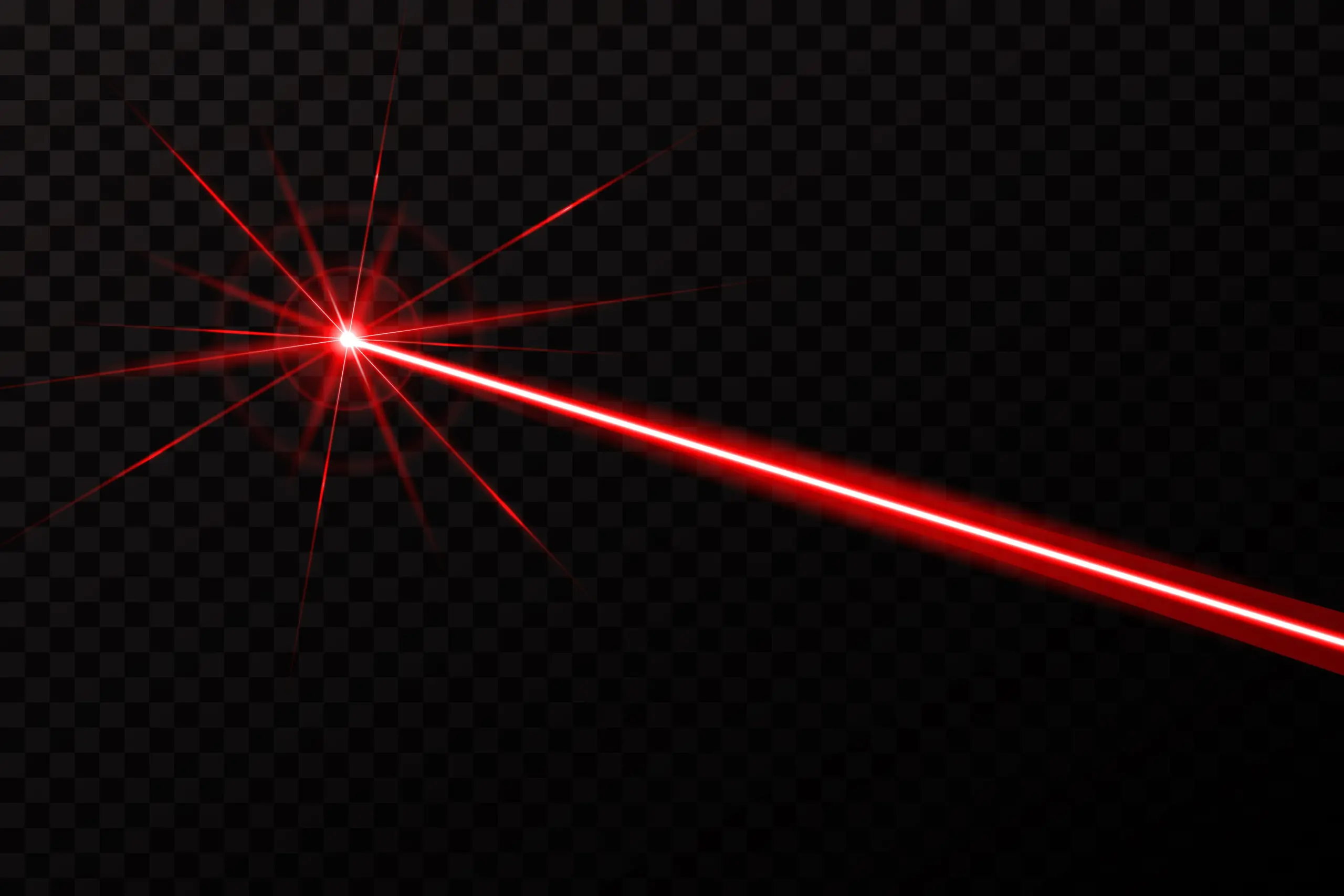Laser technology continues to push the boundaries of innovation. From healthcare and manufacturing to defense and communication, lasers have become an integral part of our daily lives. With their ability to produce a narrow, bright, and precise beam of light, lasers offer a multitude of applications and possibilities. Read on to learn more about the current and future applications of laser technology in everyday life, exploring its advancements and the diverse spectrum of industries it continues to impact.
Understanding the Fundamentals of Laser Technology
To comprehend the future potential of laser technology, it is important to grasp its fundamental principles. The term “laser” originated as an acronym for Light Amplification by Stimulated Emission of Radiation. Unlike conventional light sources, such as sunlight, lasers produce a focused beam of light with similar wavelengths. This coherence and directionality allow lasers to travel long distances while concentrating their energy on a small area.
Lasers operate based on the interaction between energy levels of atoms or molecules. When these particles are stimulated, they emit photons, resulting in the amplification of light. This process creates a highly concentrated and intense beam of light that can be harnessed for various applications.

Current Applications of Laser Technology
Laser Technology in Medicine
Laser technology has revolutionized the field of medicine, enabling non-invasive treatments, precise surgeries, and accurate diagnostics. Some common uses include:
- Laser Surgery: Lasers are used in various surgical procedures, such as eye surgeries (LASIK), dermatology (laser resurfacing), and minimally invasive procedures (laser ablation).
- Dental Treatments: Lasers find applications in dentistry, including teeth whitening, cavity detection, and gum disease treatment.
- Medical Imaging: Laser-based imaging techniques, such as Optical Coherence Tomography (OCT), provide high-resolution images for diagnosing conditions like glaucoma and cardiovascular diseases.
Laser Technology in Manufacturing and Material Processing
Lasers play a crucial role in modern manufacturing, offering precision, speed, and versatility. Some key applications include.
- Laser Cutting and Engraving: Laser cutting and engraving machines allow for precise and efficient fabrication of various materials, including metals, plastics, and textiles. Contact Boss Laser to see the latest innovations in laser cutting and engraving technology through our machines.
- Additive Manufacturing: Laser-based 3D printing enables the creation of complex and customized objects, revolutionizing industries such as aerospace, automotive, and healthcare.
- Marking: Lasers are used for permanent marking and engraving on a wide range of materials, including metals, glass, ceramics, and plastics.
Laser Technology in Communication and Data Transmission
The speed and efficiency of laser technology make it invaluable in communication and data transmission systems. Some significant purposes include:
- Optical Fiber Communication: Laser beams are used to transmit vast amounts of data through optical fibers, enabling high-speed internet connections and long-distance communication.
- Laser Barcode Scanners: Laser scanners are commonly used in retail environments for fast and accurate barcode reading, improving inventory management and checkout processes.
- Laser-Based Data Storage: Laser technology is utilized in optical storage devices, including CDs, DVDs, and Blu-ray discs, allowing for high-capacity data storage and retrieval.
Laser Technology in Research and Scientific Applications
Laser technology has greatly contributed to scientific research and exploration. Some notable uses include:
- Spectroscopy: Laser-based spectroscopy techniques provide valuable insights into the composition and characteristics of materials, aiding research in chemistry, physics, and environmental sciences.
- Laser Cooling and Trapping: Lasers are used to cool atoms and suspend them in a vacuum, enabling the study of quantum phenomena and the creation of ultracold atoms.
- Laser Interferometry: Laser interferometers are used in precision measurements, such as detecting gravitational waves and determining minute changes in distance.
The Future of Laser Technology: Opportunities and Challenges
As laser technology continues to advance, the opportunities for its application are expanding rapidly, revolutionizing various industries. Here are some key areas that hold immense potential for further development:
Quantum Computing and Communication
The development of practical quantum computers has the potential to revolutionize computing power and solve complex problems beyond the capabilities of classical computers. Quantum communication, enabled by laser-based secure channels, can provide unparalleled data security and privacy.
Laser-Based Sensing and Imaging
Advancements in laser technology will enhance sensing capabilities, enabling more accurate and detailed measurements in various domains. Improved imaging techniques and devices will aid in medical diagnostics, environmental monitoring, and industrial inspections.
Energy and Sustainability
Laser technology can contribute to the development of sustainable energy sources and efficient energy utilization. For example, high-power lasers can facilitate controlled nuclear fusion, offering a clean and virtually limitless energy source.
Space Exploration and Communication
Laser-based communication systems can revolutionize space exploration by enabling faster and more reliable data transfer between spacecraft and Earth. Laser propulsion systems hold the potential to revolutionize space travel by providing efficient propulsion for spacecraft.
However, the future of laser technology also brings about its own challenges. Maintaining laser safety standards and regulations are crucial to prevent accidents and ensure the well-being of individuals working with lasers. Additionally, the cost and accessibility of advanced laser technology will need to be addressed to facilitate widespread adoption and utilization across industries.
Contact Us Boss Laser for Laser Solutions
The future of laser technology is promising. From healthcare and manufacturing to communication and defense, lasers continue to shape and transform various industries. Ongoing research and development promise exciting advancements and applications, revolutionizing the way we live, work, and explore the world around us. Explore the cutting-edge laser solutions at Boss Laser and be part of the transformative journey. Stay ahead of the curve with our innovative laser machines and contribute to the future of technology. Contact our team today to get started!
